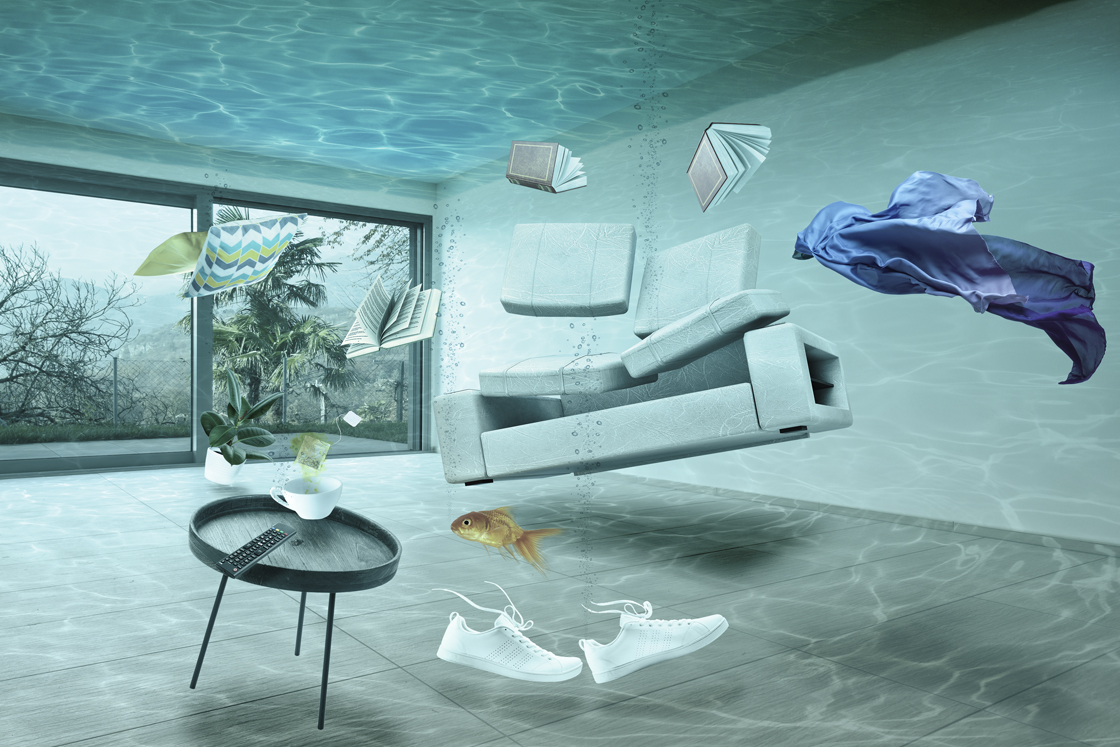Everyone has his or her own assumption about Finding hidden leaks.

Early detection of dripping water lines can mitigate a prospective disaster. In addition to conserving you money, it will certainly lessen the irritation and also aggravation. The minute you locate a leak, calling your plumber for repairs is the best solution. Some small water leaks might not be visible. Below are some hacks that aid if you can not spot it with your naked eyes.
1. Check Out the Water Meter
Every home has a water meter. Examining it is a guaranteed manner in which helps you uncover leaks. For beginners, shut off all the water resources. Guarantee no person will purge, use the faucet, shower, run the cleaning machine or dish washer. From there, go to the meter as well as watch if it will certainly change. Considering that no person is utilizing it, there should be no motions. If it relocates, that indicates a fast-moving leak. If you identify no adjustments, wait a hr or two as well as inspect back once more. This means you may have a sluggish leakage that can even be underground.
2. Check Water Consumption
Analyze your water expenses and also track your water usage. As the one paying it, you should see if there are any kind of inconsistencies. If you spot sudden changes, regardless of your intake coinciding, it means that you have leakages in your plumbing system. Remember, your water bill should fall under the same variety each month. An abrupt spike in your expense suggests a fast-moving leakage.
On the other hand, a constant rise on a monthly basis, despite having the exact same routines, shows you have a slow leak that's additionally slowly rising. Call a plumber to extensively inspect your building, specifically if you feel a warm location on your floor with piping underneath.
3. Do a Food Coloring Examination
When it involves water usage, 30% comes from toilets. Test to see if they are running effectively. Decrease flecks of food color in the tank and also wait 10 minutes. There's a leak in between the storage tank and also bowl if the shade somehow infiltrates your dish during that time without flushing.
4. Asses Exterior Lines
Do not forget to examine your outdoor water lines also. Test faucets by attaching a yard hose. Must water seep out of the link, you have a loosened rubber gasket. Replace this and also guarantee all links are limited. It will certainly help get it properly analyzed as well as kept annually if you've obtained a lawn sprinkler system. One tiny leak can throw away tons of water as well as increase your water bill.
5. Check and also Analyze the Circumstance
Property owners must make it a behavior to examine under the sink counters and even inside cabinets for any type of bad odor or mold development. These 2 warnings show a leakage so punctual focus is required. Doing routine inspections, also bi-annually, can save you from a major problem.
More importantly, if you understand your house is already old, keep a watchful eye on your heating units, hose pipes, pipes etc. Look for stainings as well as compromising as a lot of pipes as well as home appliances have a life span. They will certainly likewise naturally weaken due to tear and also put on. If you presume dripping water lines in your plumbing system, don't wait for it to escalate. Call a professional plumber immediately so you do not end up with an awful mess in your home.
Early detection of leaking water lines can minimize a prospective disaster. Some little water leakages may not be noticeable. Examining it is a guaranteed method that aids you find leaks. One little leakage can waste bunches of water and also spike your water costs.
If you presume leaking water lines in your plumbing system, do not wait for it to intensify.
WARNING SIGNS OF WATER LEAKAGE BEHIND THE WALL
PERSISTENT MUSTY ODORS
As water slowly drips from a leaky pipe inside the wall, flooring and sheetrock stay damp and develop an odor similar to wet cardboard. It generates a musty smell that can help you find hidden leaks.
MOLD IN UNUSUAL AREAS
Mold usually grows in wet areas like kitchens, baths and laundry rooms. If you spot the stuff on walls or baseboards in other rooms of the house, it’s a good indicator of undetected water leaks.
STAINS THAT GROW
When mold thrives around a leaky pipe, it sometimes takes hold on the inside surface of the affected wall. A growing stain on otherwise clean sheetrock is often your sign of a hidden plumbing problem.
PEELING OR BUBBLING WALLPAPER / PAINT
This clue is easy to miss in rooms that don’t get much use. When you see wallpaper separating along seams or paint bubbling or flaking off the wall, blame sheetrock that stays wet because of an undetected leak.
BUCKLED CEILINGS AND STAINED FLOORS
If ceilings or floors in bathrooms, kitchens or laundry areas develop structural problems, don’t rule out constant damp inside the walls. Wet sheetrock can affect adjacent framing, flooring and ceilings.
https://www.servicemasterbyzaba.com/blog/how-to-detect-water-leakage-in-walls/

Do you appreciate more info about Detecting hidden plumbing leaks? Try to leave a review further down. We would be glad to know your reactions about this posting. In hopes that you come back again before long. Are you aware of someone else who is inquisitive about the niche? Why not promote it. I enjoy reading our article about Locating water leaks.